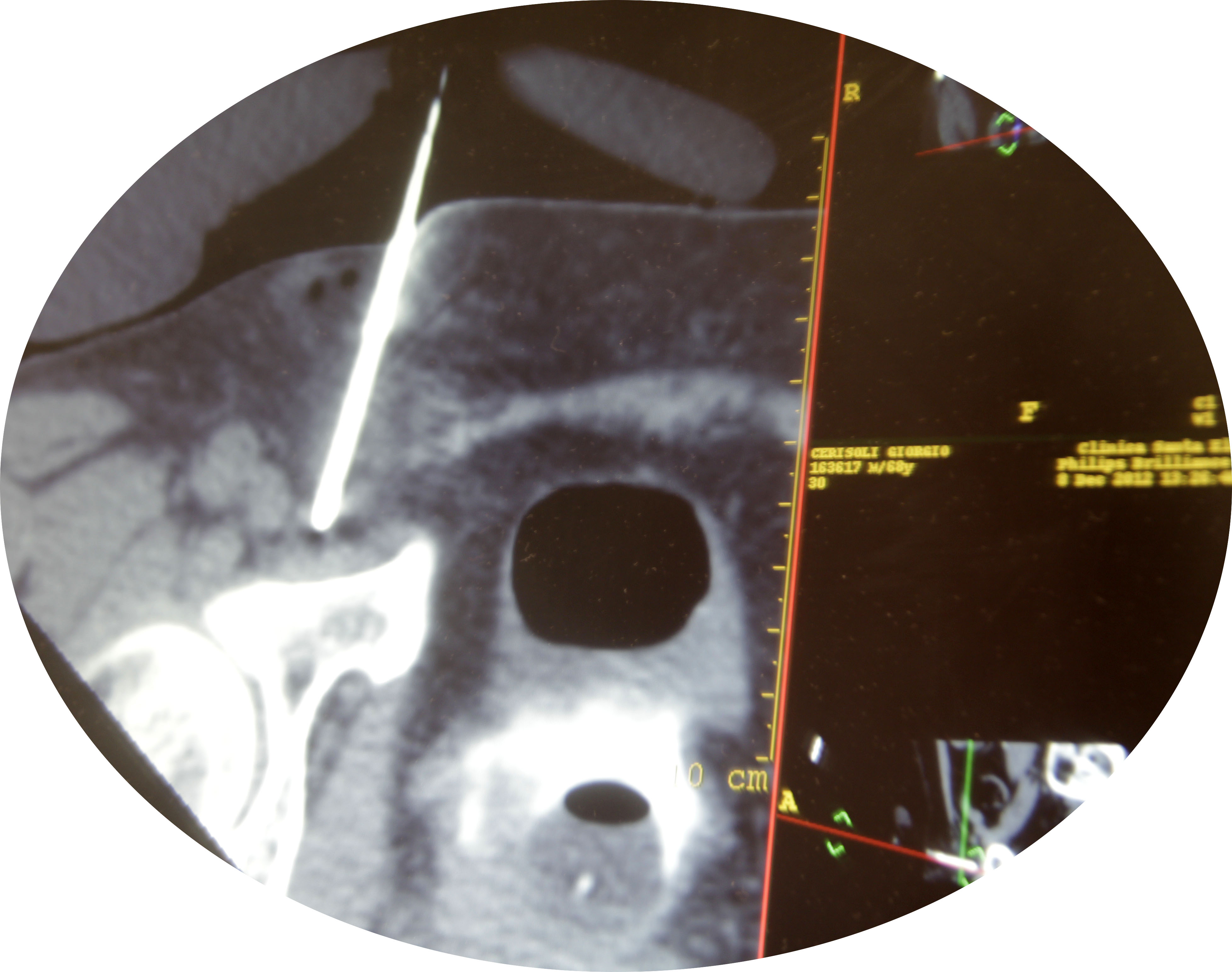Cryosurgery
Contact
PROSTATE
- Prostate cancer
- Prostate cryoreduction
KIDNEY
- Kidney cancer through CT and guided ultrasound
- Laparoscopic surgery for kidney cancer
THORAX
- Lung cancer
-Mediastinal cancer
BREAST
- Breast cancer
- Fibroadenoma
BONES
- Benign tumours
- Bone cancer
PANCREAS
LYMPH GLANDS
LIVER

Prostate cancer was the first one that benefited from Cryosurgery treatment. The application of the treatment in both high-risk and low-risk patients as a spread disease or a localised cancer was authorised during the 90s by the United States FDA.
The treatment involves epidural anaesthesia in an operating theatre. It takes 90 minutes and the patient is discharged in 24 hours.
A localised or focal cancer affects a minimal part of the prostate. It is detected with a TESLA 3 magnetic resonance and verified with a guided smart biopsy.
This implies that the patient can benefit of a treatment in the damaged area, but it does not imply that he or she may have any sexually transmitted infection. This kind of treatment requires a closer monitoring of PSA and ultrasound records.
The greatest advantage of cryosurgery in prostate cancer is the extremely high rate of recovery with no side effects (like urinary incontinence), while being a minimally invasive treatment.
Although it produces erectile dysfunction, it is also recoverable over time. In case of relapse, the treatment can be repeated.


